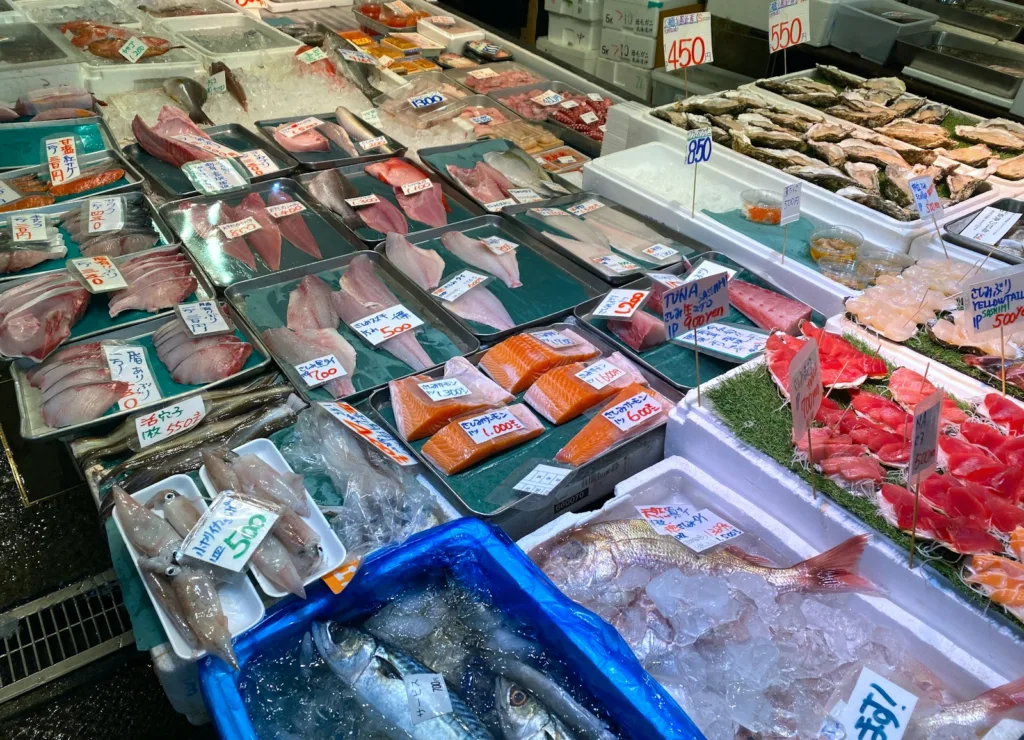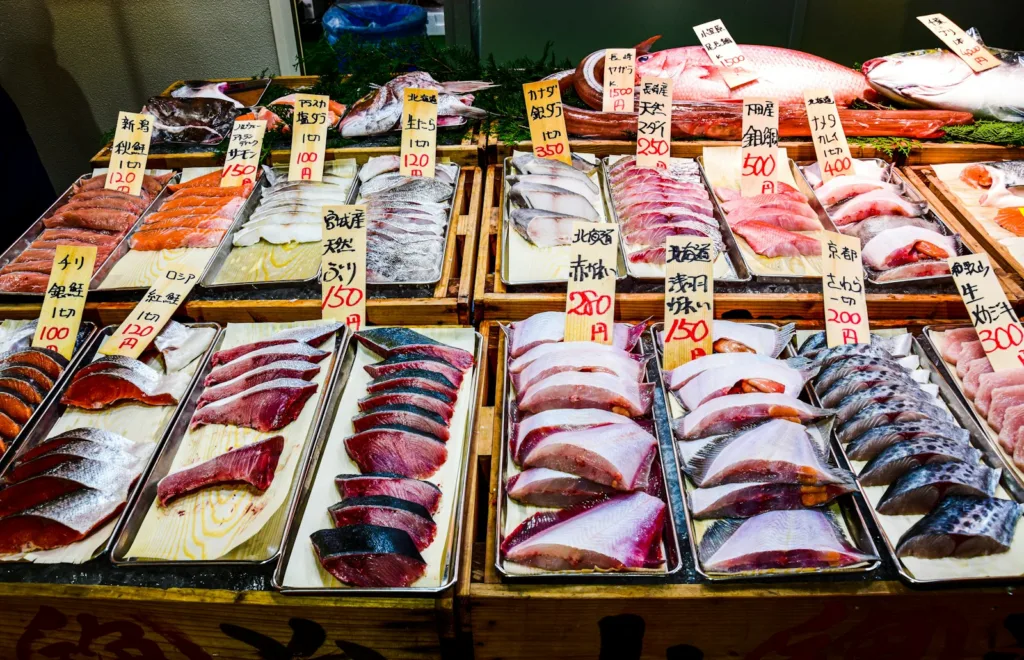Salmon
Labels
These days, especially when it comes to food consumption, customers are fairly astute. We look for whole grains, look for genetically modified foods, and investigate components with long, unpronounceable titles. Thanks to governmental and consumer protection agencies like the FDA, USDA, and others, informational labels are more common than ever. Nevertheless, there is a term used informally to describe certain seafood practices known as “fish fraud.”

This generally refers to the practice of, whether on purpose or by accident, misrepresenting the fish being sold. Because so much seafood in America is imported, it’s not unexpected that the origins, species, and methods of culture of a fish can be a little hazy by the time it reaches local markets. As a result, we mainly depend on the honesty or expertise of the person who produced the packing labels. But should we blindly believe someone without even a basic understanding of what to look for on the label? Most likely not.
Table of Contents
Instead, becoming proficient at reading labels can soothe your concerns and possibly even result in cost savings while making purchases. For instance, if Alaskan king salmon that was harvested in the wild was actually farmed in Atlantic salmon pens, why would you pay more for it? Salmon is particularly susceptible to mislabeling because it is one of the most popular seafood varieties offered in America. Failing to identify the specific type of wild salmon in the container is one of the main red flags that can help you determine if you’re actually purchasing the salmon you think you are.
How to Identify False Salmon Labels

Any step of the salmon processing process, from at-sea boat transfers to wholesaler shipping to retailer repackaging for individual sales, is susceptible to fraudulent labeling. It can also occur when you order salmon from seafood restaurants, particularly if the type of salmon being served or sold is not mentioned. That’s suspicious, particularly if the menu or label indicates that the salmon is wild-caught instead of farmed. It is helpful to understand the primary varieties of wild salmon if that differentiation is significant to you.
The five main types of wild-caught Pacific salmon that are sold in America are sockeye, coho, pink, chum, and chinook, or king salmon. Be skeptical of the legitimacy of the package if it is unable to identify the type. Purchasing produce labeled “lettuce” instead of romaine, iceberg, or arugula would be analogous. The majority of farmed salmon originates in the Atlantic, not the Pacific. Strict laws governing wild sea-run Atlantic salmon for both commercial and recreational purposes practically ensure that labels stating “wild-caught Atlantic” are false.
A salmon’s tail can indicate if it was captured in the wild if you can get a good look at the entire fish. Keep an eye out for a big, fan-shaped tail that comes from swimming in open seas all their lives. There will also be less white fat marbling and a deeper crimson color in the flesh. Another item to watch out for when identifying fraud is a practice known as “short-weighing”.
You can be paying for the surplus if a package says it contains 5 ounces of salmon but the salmon appears water-bloated, has an excessive amount of glazing, or is packed in a lot of ice for preservation. Pre-cut, pre-weighed salmon fillets that are labeled with the same fixed price should also be avoided. You may wish to weigh each one separately or to compare them side by side.
you may also like : Japanese 11 Traditional Dishes You Must-Try
The Packaging Red Flag That Might Mean Your Salmon Is Fraudulent (msn.com)


1 thought on “The Packing Red Flag Labels That Could Indicate Your Salmon Is Not Real.”